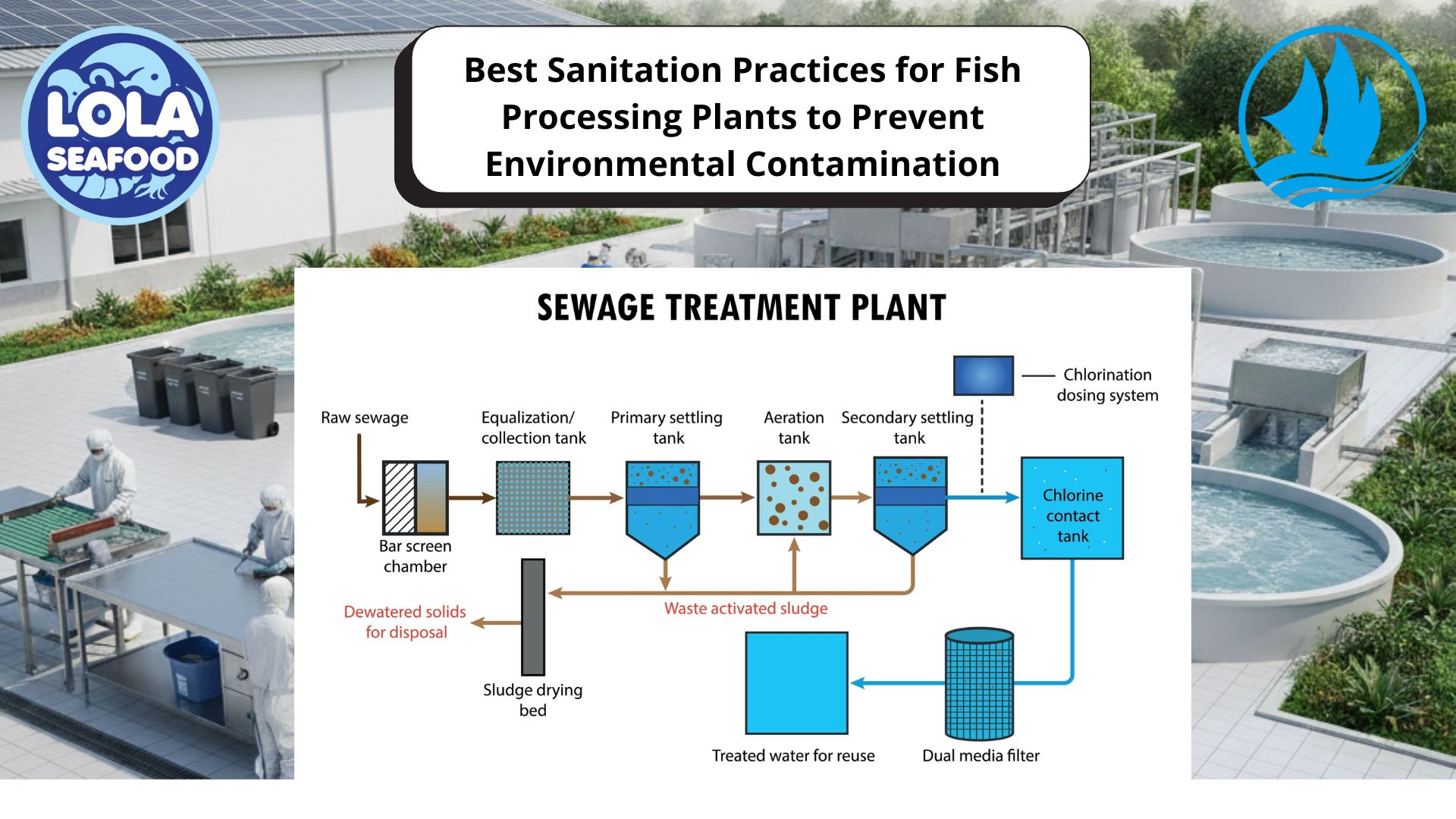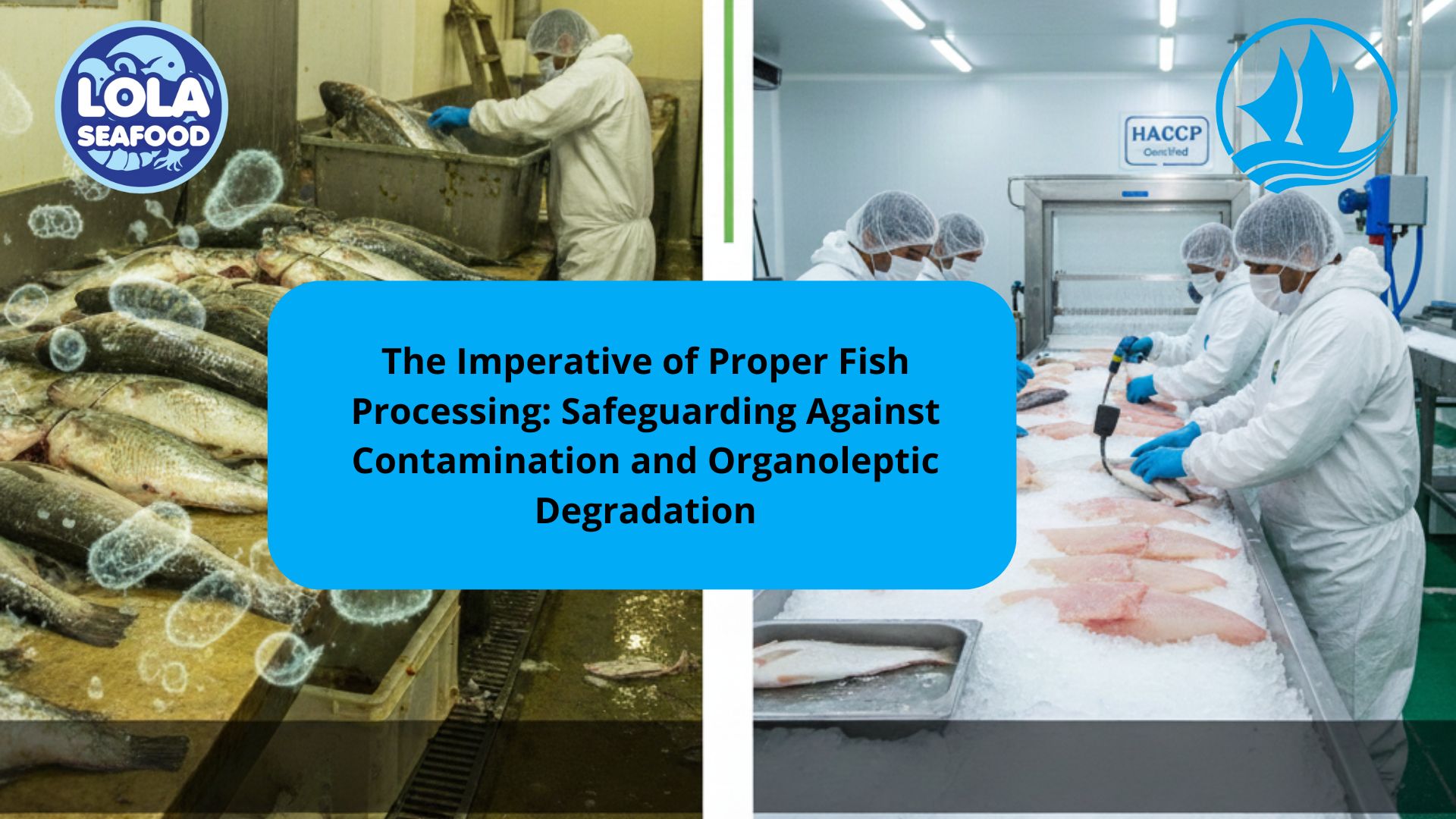A Review of Current Technologies in Frozen Fish Processing
By. Najih - 21 Jun 2024
As the demand for frozen fish continues to rise globally, the frozen fish processing industry faces increasing pressure to adopt innovative technologies that enhance efficiency, quality, and sustainability. This review provides an overview of current technologies utilized in frozen fish processing, highlighting their benefits and challenges.
Technological Innovations:
- Blast Freezing: Rapid freezing technologies such as blast freezing utilize cold air circulation to freeze fish quickly, preserving their freshness and quality while minimizing ice crystal formation. This method is widely used in commercial fish processing plants for its efficiency and ability to maintain product integrity.
- Vacuum Packaging: Vacuum packaging removes air from packaging materials, creating a barrier that prevents oxidation and freezer burn, thereby extending the shelf life of frozen fish products. Advanced vacuum packaging technologies enhance product protection and hygiene.
- IQF (Individually Quick Frozen): IQF technology individually freezes fish fillets or portions, allowing for easy separation and portion control. This method preserves the texture, flavor, and nutritional value of the fish while minimizing clumping and ensuring uniform freezing.
- High-Pressure Processing (HPP): HPP technology applies high pressure to fish products, effectively reducing microbial contamination and extending shelf life without the need for excessive heat or additives. HPP maintains the sensory and nutritional properties of frozen fish while improving safety.
- Automated Processing Lines: Automated processing lines integrate robotics and advanced machinery to streamline fish processing operations, from filleting and portioning to packaging and labeling. These systems enhance efficiency, consistency, and food safety while reducing labor costs and manual handling.
- Sensor Technology: Sensors and monitoring devices are employed throughout the processing line to assess various parameters such as temperature, moisture, and product quality. Real-time data analysis enables precise control over processing conditions and facilitates quality assurance.
- Sustainable Technologies: Sustainable processing technologies, including energy-efficient freezers, water-saving equipment, and waste reduction systems, minimize environmental impact and promote resource efficiency in frozen fish processing operations.
Challenges and Future Directions: While current technologies offer significant benefits in terms of quality, efficiency, and sustainability, challenges such as initial investment costs, maintenance requirements, and technological integration remain. Future developments may focus on enhancing automation, improving energy efficiency, and reducing waste generation to further optimize frozen fish processing operations.

The Legal Shark Value Chain: Identifying Critical Control Points for Cost Efficiency and Value Enhancement from Catch to Consumer

Global Trust Across Three Segments: How the HACCP System Ensures Premium Quality for Demersal, Pelagic Fish, and Legal Shark Product Utilization
.jpg)
Green Investment, Profitable Harvest: How Sustainability Practices Reduce Operating Costs in Fish Fillet Processing Plants (Skin-On and Skin-Less)
 in Meeting Global Protein Demand Sustainably.jpg)
Sustainable Aquaculture: The Role of Recirculating Aquaculture Systems (RAS) in Meeting Global Protein Demand Sustainably




